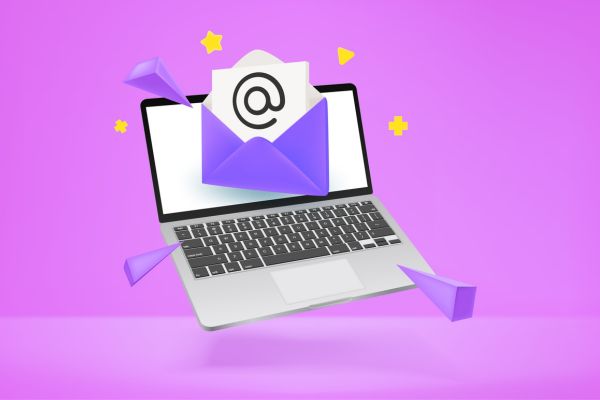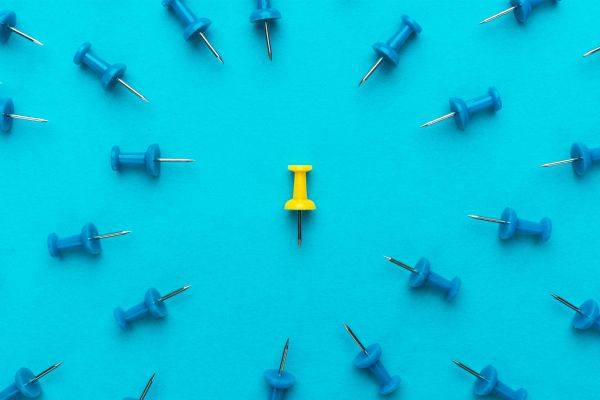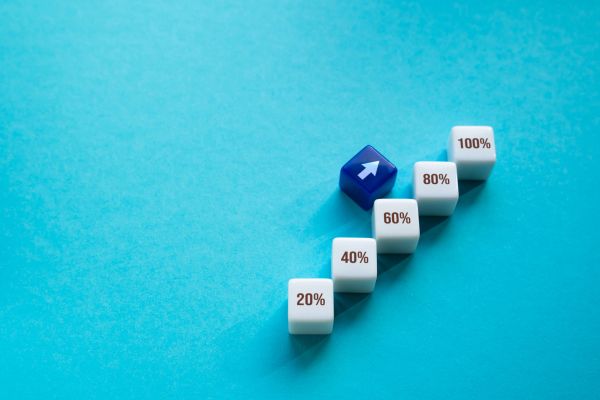Insights
INSIGHTS
All Topics
My Account
Tips for embracing the digital detox in 2022
20 Dec 2021by Charity Digital
We offer some advice to charity professionals who want to cut down on tech in the new year
A digital detox is a period of time when individuals refrain from using technical devices, such as smart phones, televisions, or computers. It’s a way of momentarily removing ourselves from the digital world and instead focussing on real-life situations.
With the stress that accompanied 2020, and 2021, with the relentlessness of negative news and the increased dependence on digitisation, 2022 is the perfect year to embrace the digital detox.
The digital detox offers plenty of benefits. It alleviates some of the stress associated with constant connectivity. It allows the individual to welcome relaxation. And it frees up personal time that could be spent socialising, exercising, or learning new skills.
Here are some tips for charity professionals hoping to digitally detox in 2022.
Designate tech-free hours
As with most objectives, the digital detox is best achieved by setting realistic goals. Constant connectivity has become part of everyday life, particularly during the pandemic, as social distancing restrictions have reduced the ability to conduct in-person meetings.
Turning off tech completely is not realistic for many people. But regular breaks away from your devices can provide huge benefits. That’s why it’s important to find pockets of time that suit your schedule, where you can move offline.
Tech-free lunch breaks
Your lunchbreak could be a designated time away from tech. That means taking simple steps to remove laptops, phones, and other devices from the equation.
If you’re meeting a friend, grabbing coffee, or just going for a walk, put your phone away. Research suggests that even having the phone on the table reduces cognitive capacity.
We tend to glance at the phone, waiting for it to light up, and the temptation to check socials is too strong. The absence of the phone will allow you to feel present, improve listening skills and concentration, and generally alleviate stress.
Embrace paper. You could spend your lunch break learning a language from a text book, or practicing the piano with sheet music. Or you could simply settle down with a book.
Perhaps set yourself a reading challenge. If you put down the phone, switch off the TV, close the laptop, and pick up Shakespeare, you could read the collected works in just six months.
Keep tech out of the bedroom
An important element of the digital detox is making your bedroom tech-free. According to research from Harvard Medical School, using our phones, laptops, tablets, and televisions prior to sleeping can disrupt melatonin production, sleep quality, and mood.
According to the research, our constant connectivity means that we are sleeping less and not achieving the same quality of sleep, which over time can develop into serious problems.
So banish all tech from the bedroom during the digital detox and see how it effects your sleeping patterns. That might be slightly harder when working from home, but you can always put laptops in draws, phones in cupboards, or simply unplug the television.
The rule of 1:1:1
The rule of 1:1:1 means switching off one hour before bed every day, one afternoon per week, one week per year. The 1:1:1 rule is particularly useful as it creates a positive habit, which will allow you to maintain the digital detox over the long-term.
You can always increase the amount of time you spend away from your devices. You could shift from the 1:1:1 rule to the 2:2:2 rule, for example. Or create your own version of the 1:1:1 depending on what works best for you.
Download an app to help
If you are struggling with the digital detox, or if you are still constantly reaching for your phone, consider downloading an app. It might sound like a paradox, but you can use apps to help you stop using apps.
But which apps work best for your needs? How strict do you want to be? Do you want to remove yourself from tech for long afternoons or simply twenty minutes during the day?
Pick the app that works best for you. Here’s a few of our favourites:
Moment
Moment tracks usage of users’ phones. It gives the user exact data on the number of times they’ve picked up their phones and the number of times their phones are unlocked.
Moment allows the user to make their own decisions, primarily serving as a source of information, without any of the strict functions that can be found on other detox apps. The app simply provides information, which can incentivise the user to change behaviour.
Forest
Forest is perfect for those who struggle to put phones down. Users plant a seed when they need a tech break. A virtual tree starts to grown – the size of the tree is dependent on the length of the break – but the tree will die if the user opens their phone.
If the user manages to avoid their phone during the designated time, a fully-grown tree appears in your forest. The user’s forest grows with every tree.
But that’s not all. When you spend virtual coins that you receive on the app, Forest will plant a tree in real life. Less procrastinating can make a real difference.
AppDetox
AppDetox provides the user with autonomy, allowing them to set the rules. The user can select the apps they want to limit. They can select the time of day that they want to limit access to certain apps. They can also set a maximum number of times they open an app.
AppDetox is particularly useful for those hoping to minimise time spent on leisure apps. The rules and goals that users set should prevent the constant re-opening of apps they have already visited several times that day.
Like many other detox apps, AppDetox also allows users to monitor app usage and block some apps entirely.
More on this topic
Recommended Products
Our Events
Charity Digital Academy
Our courses aim, in just three hours, to enhance soft skills and hard skills, boost your knowledge of finance and artificial intelligence, and supercharge your digital capabilities. Check out some of the incredible options by clicking here.



















